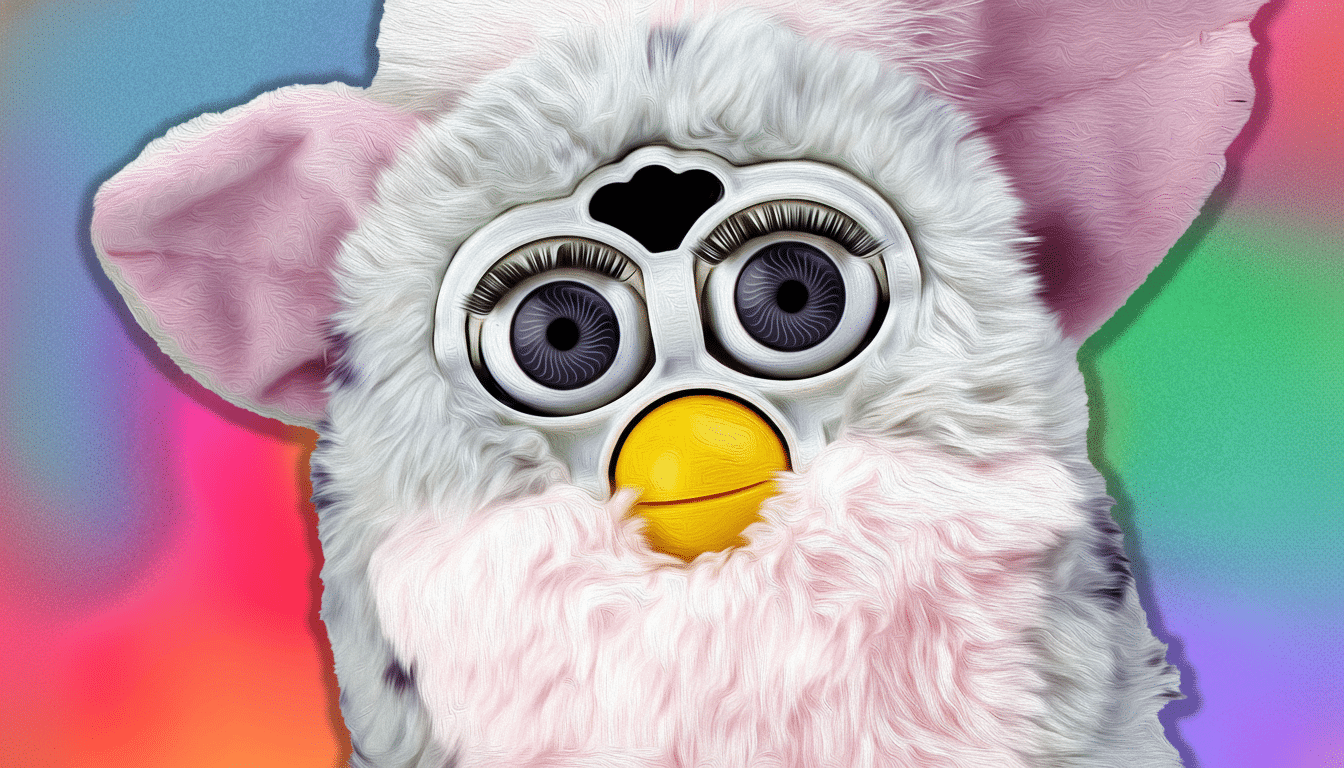What began as a runway at a creator conference has become a working prototype for where online influence and commerce are headed. At VidSummit in Dallas, the second Creators in Fashion show stitched together spectacle and shoppability, proving that creators can sell culture and clothing at the same time. A four-legged Furby robot, a checkout button that actually works, and fingernail knives. The show, produced by Theorists and parent company Lunar X, put marquee YouTubers and inventive makers on the same catwalk. It was entertainment, but it was also infrastructure: a proof-of-concept for how creator-led brands can launch collections, tell stories, and convert fans in a single viewing session.
A Runway Built for Shoppable Video
Traditional fashion shows trade in buzz. This one traded in clicks. Working with YouTube Shopping, producers linked looks to live product tags so viewers could jump from outfit to cart in a beat. When the Try Guys rolled out their Lasagna Island collection, a prompt surfaced on-screen pointing directly to the store. No scavenger hunt required.

For platforms, this is the missing bridge between watch time and sale time. YouTube already controls the largest single platform audience with more than two billion logged-in monthly users. However, converting that watch time into sales has historically been a maze of links and affiliate codes. Shoppable pauses and synchronized cues compress the funnel to a single interaction—the precursor mechanic retailers and creators have been after.
The format also allowed for creator-native segments—a three-minute makeup gauntlet, a cake-decorating showdown—so product moments felt like content beats, not ad breaks. It’s a matter of economics: according to research aggregated by Influencer Marketing Hub, the influencer marketing sector remains dynamic, valued at over $21 billion last year, with further growth in sight. Creators who make the sales feel like part of the show will fuel that growth.
Matthew Patrick, best known as MatPat, helped conceive Creators in Fashion as a hedge against the volatility of platform-only revenue. Ads come and go. Algorithms change. Merch, licensing, and collaborations provide the balance. It’s a reflection of broader trends: Goldman Sachs Research suggests the creator economy could climb to $480 billion by 2027, with direct-to-consumer brands, sponsorship, and social commerce leading the way, not just pre-roll ads. Creator apparel has evolved from dropshipped hoodies to thoughtful labels with repeat customers. It means capsule collections with consistent identities, scarce runs that build suspense, and supply chains that don’t blow up at scale. The show was a reflection of that evolution, balancing established names with up-and-coming creators designing sustainable brands, not just viral hits.

Designing a good fit—perhaps the most shareable piece of fashion the night produced—hinges not on aesthetics but empathy. The night’s most memorable pieces were not only wearable—they were histories. Engineering couple Evan and Katelyn walked a dress shaped from resin, pushing maker aesthetics out of the maker movement and into couture. Estefannie, a feminist-coded tech maker known for making hilarious builds, excited the place with a cheery jolt from a legally obtained taser bracelet and painted nail knives, artifacts as much as accessories.
This storytelling edge is the creator advantage. Traditional fashion relies on seasonal campaigns; creators publish arcs over months and years, giving audiences a reason to care about the origin of a seam or the joke behind a graphic. When HopeScope, Safiya Nygaard, or the Try Guys take the runway, they bring a continuity of character—and that continuity converts. Crucially, the stage wasn’t reserved for the largest channels. By curating emerging designers and mid-sized makers, the show modeled a healthier discovery pathway than chasing the loudest feed. In an era of recommendation engines and AI-generated sameness, human curation by trusted creators doubles as quality control and audience development. That inclusivity is pragmatic. Mid-tier creators often drive higher engagement rates and niche authority, which translates to better-fit products and lower acquisition costs. Brands and platforms attuned to this layer will capture resilient communities rather than fickle virality.
For brands, creator-led runway shows offer an alternative to traditional fashion weeks: measurable, shoppable, and elastic enough to slot into a content calendar. For platforms, the challenge now is standardizing the pipes—product feeds, inventory syncs, fulfillment, and attribution—so a moment on the catwalk maps cleanly to revenue and post-purchase loyalty. Expect copycats. The template—spectacle, narrative, and seamless shopping—can flex across beauty, gaming, sportswear, even home goods. The KPIs to watch are not just views, but click-through rates on product tags, sell-through during live windows, and the lift in repeat purchase among subscriber cohorts.
Creators in Fashion did more than entertain; it operationalized the concept that creators are full-stack businesses. If the next phase of the creator economy is going to be about owning demand, not renting reach, this runway felt a lot like the future.

